- No products in the cart.
Glewe tab n / 500mg film about 10 pc
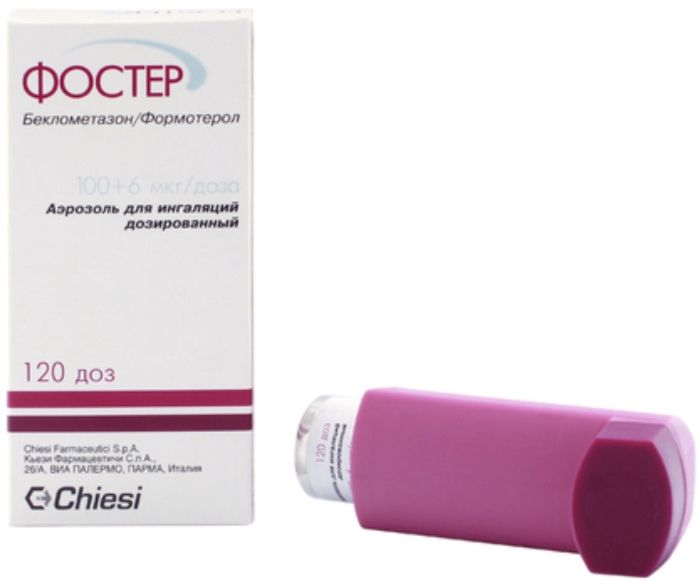
Foster spray ing. scrapper. 6mkg + 0.1mg / dose 120doz
$50.90
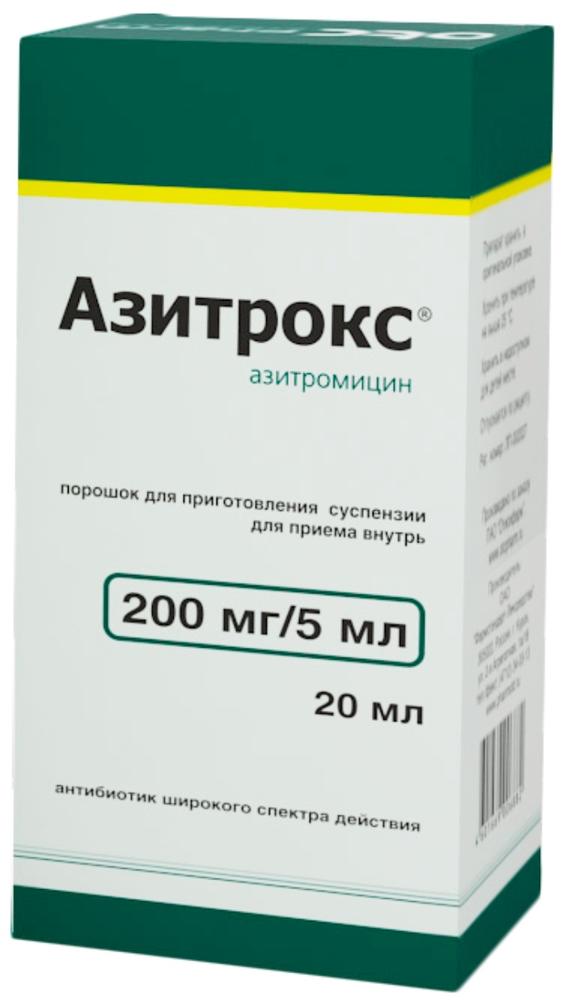
Azitroks prig.susp.dlya powder for oral 200mg / 5ml vial 15.9g one piece with the measuring spoon and a pipette
$7.09
$1.58
Glewe tab n / 500mg film about 10 pc
SKU: 0828018696 Categories: Antibacterial, Antibiotics, antimicrobial, antiparasitic, Medicaments Tags: Glenmark, levofloxacin
Description
Composition
Active substance:
1 tablet contains: Levofloxacin hemihydrate, based on the levofloxacin – 250 mg or levofloxacin hemihydrate, based on the levofloxacin – 500 mg.
Excipients:
Microcrystalline cellulose, starch, povidone (Povidone K-30), crospovidone, magnesium stearate, microcrystalline cellulose (Avicel pH 101).
Sheath Film: hypromellose, macrogol (polyethylene glycol 6000), dibutyl phthalate, talc, titanium dioxide, iron oxide red dye or microcrystalline cellulose, povidone (Povidone K-30), crospovidone, magnesium stearate, microcrystalline cellulose (Avicel pH 101).
Sheath: hypromellose, macrogol (polyethylene glycol 6000), dibutyl phthalate, talc, titanium dioxide, iron oxide red dye, yellow iron oxide colorant.
Description:
250 mg Tablets: brick red round biconvex tablets, film-coated, with the fault line on one side and smooth on the other.
Tablets 500 mg of light orange tinged with pink color in the form of biconvex tablets “The Oblongs” film-coated with fracture line on one side. The slight roughness of the surface of tablets.
Product form:
Tablets, film-coated, 250 mg and 500 mg.
5 tablets in blisters of PVC-aluminum foil 1 or 5 contour of cellular packages are placed in a cardboard box, together with instructions for use.
Contraindications
Hypersensitivity to levofloxacin and other fluoroquinolones, epilepsy, tendons defeat at the earlier treatment of quinolones, pregnancy, lactation, childhood and adolescence (18 years).
Carefully
Increasing age (high probability of having a concomitant reduction in renal function), deficiency of glucose-6-phosphate dehydrogenase.
Dosage
500 mg
Indications
Bacterial infections are sensitive to levofloxacin, in adults: – acute sinusitis; – exacerbation of chronic bronchitis; – community-acquired pneumonia; – uncomplicated urinary tract infections; – complicated urinary tract infections (including pyelonephritis); – Chronic bacterial prostatitis; – infections of the skin and soft tissues; – septicemia / bacteremia associated with the above indications; – abdominal infections; – for the integrated treatment of drug-resistant forms of tuberculosis.
Interaction with other drugs
Increases T1 / 2 ciclosporin. The effect of the drug is reduced drugs that inhibit intestinal motility, sucralfate, aluminum / magnesium-containing antacid drugs and salts of iron (interval between reception requires at least 2 hours). Nonsteroidal anti-inflammatory drugs (NSAIDs), theophylline increase seizure, corticosteroids increase the risk of tendon rupture. Cimetidine and drugs that block tubular secretion, slows down. Hypoglycemic agents: strict control of blood glucose levels, since there is a possibility of hyper- and hypoglycemia, while their use of levofloxacin.
Overdose
Symptoms include nausea, erosive lesions of the mucous membranes of the gastrointestinal tract, lengthening the interval Q-T, confusion, dizziness, seizures.
Treatment: symptomatic, dialysis is not effective.
pharmachologic effect
Pharmacological group:
The antimicrobial agent – fluoroquinolone.
Pharmacodynamics:
Glewe (levofloxacin) – antimicrobial is a broad spectrum bactericidal action of the fluoroquinolones. Blocks of DNA gyrase (topoisomerase II) and topoisomerase IV, and crosslinking gives supercoiling of DNA breaks, inhibits DNA synthesis, causes profound morphological change in the cytoplasm, the cell wall and membranes.
For drug sensitive:
Aerobic gram-positive organisms: Corynebacterium diphtheriae, Enterococcus faecalis, Enterococcus spp, Listeria monocytogenes, Staphylococcus coagulase-negative methicillin-sensitive (methicillin-moderately sensitive), Staphylococcus aureus methicillin-sensitive, Staphylococcus epidermidis methicillin-sensitive, Staphylococcus spp (CNS). , Streptococci group C and G, Streptococcus agalactiae, Streptococcus pneumoniae penicillin-sensitive / -umerenno sensitive / -rezistentnye, Streptococcus pyogenes, Viridans streptococci -umerenno sensitive penicillin / -rezistentnye.
Aerobic Gram-negative microorganisms: Acinetobacter baumannii, Acinetobacter spp, Actinobacillus actinomycetemcomitans, Citrobacter freundii, Eikenella corrodens, Enterobacter aerogenes, Enterobacter agglomerans, Enterobacter cloacae, Enterobacter spp, Escherichia coli, Gardnerella vaginalis, Haemophilus ducreyi, Haemophilus influenzae ampicillin sensitive /.. -rezistentnye, Haemophilus parainfluenzae, Helicobacter pylori, Klebsiella oxytoca, Klebsiella pneumoniae, Klebsiella spp., Moraxella catarrhalis beta + / beta-, Morganella morganii, Neisseria gonorrhoeae producing no penicillinase / penicillinase, Neisseria meningitidis, Pasteurella conis, Pasteurella dagmatis, Pasteurella multocida, Pasteurella spp., Proteus mirabilis, Proteus vulgaris, Providencia rettgeri, Providencia stuartii, Providencia spp., Pseudomonas aeruginos a, Pseudomonas spp., Salmonella spp., Serratia marcescens, Serratia spp.
Anaerobic microorganisms: Bacteroides fragilis, Bifidobacterium spp, Clostridium perfringens, Fusobacterium spp, Peptostreptococcus spp, Propionibacterium spp, Veilonella spp…..
Other microorganisms: Bartonella spp, Chlamydia pneumoniae, Chlamydia psittaci, Chlamydia trachomatis, Legionella pneumophila, Legionella spp, Micobacterium leprae, Micobacterium tuberculosis, Micobacterium spp, Mycoplasma hominis, Mycoplasma pneumoniae, Ricketsia spp, Ureaplasma urealyticum…..
Pharmacokinetics:
When ingestion rapidly and almost completely absorbed (eating little effect on the speed and completeness of absorption). Bioavailability – 99%. The time to reach maximum blood concentration (Tsmah) – 1-2 hours; when receiving 250 and 500 mg of the maximum concentration in blood (C max) is 2.8 and 5.2 .mu.g / ml, respectively. Relationship to plasma proteins – 30-40%. It penetrates the tissues and organs: lungs, bronchial mucosa, sputum, organs of the urogenital system, polymorphonuclear leukocytes, alveolar macrophages. In the liver, a small part of the oxidized and / or deacetylated. Renal clearance was 70% of the total clearance. The half-life (T1 / 2) -. 6-8 hours is derived from the body mainly by the kidneys by glomerular filtration and tubular secretion. Less than 5% is excreted in the form levofloxacin metabolites. In unaltered kidneys within 24 hours to return to 70% and in 48 hours – 87%; in the intestine for 72 hours is found 4% of the dose ingested.
Conditions of supply of pharmacies
On prescription.
side effects
The following side effects are presented according to the following gradation frequency of occurrence: very frequent (> 1.10), frequent (> 1/100
special instructions
Although levofloxacin and more soluble than the other quinolones, patients should be adequate hydration of the body. During treatment to avoid sunlight and artificial UV radiation to avoid damage to the skin (photosensitization).
If signs of tendinitis, pseudomembranous colitis, levofloxacin immediately cancel and prescribe appropriate therapy.
It should be borne in mind that in patients with brain damage in history (stroke, major trauma) may develop seizures, at insufficiency of glucose-6-phosphate dehydrogenase – increased risk of hemolysis.
During the period of treatment must be careful when driving and occupation of other potentially hazardous activities that require high concentration and psychomotor speed reactions.
Storage conditions
In a dry, dark place at a temperature not higher than 25 C.
Keep out of the reach of children.
Dosing and Administration
The drug is taken orally once or twice a day. The tablets should be swallowed whole with liquid squeezed a sufficient amount of fluid (from 0.5 to 1 cup). The drug can be taken before meals or between meals. Doses are determined by the nature and severity of the infection and the sensitivity of the alleged pathogen.
Patients with normal or moderately reduced renal function (creatine clearance of> 50 ml / min), the recommended dosage regimen of the preparation:
Sinusitis: 500 mg 1 time per day – 10-14 days.
Exacerbation of chronic bronchitis: 250 mg or 500 mg a day 1 – 7-10 days.
Community-acquired pneumonia: 500 mg 1-2 times a day – 7-14 days.
Uncomplicated urinary tract infections: 250 mg 1 time per day – 3 days.
Prostatitis – 500 mg 1 time per day – 28 days.
Complicated urinary tract infections, including pyelonephritis – 250 mg 1 time per day – 7-10 days.
Infections of skin and soft tissue: 250-500 mg 1-2 times a day – 7-14 days.
Intra-abdominal infections: 500 mg 1 time per day – 7-14 days (in combination with antibacterial drugs acting on the anaerobic flora).
The dosage regimen in patients with impaired renal function:
Dose of 250 mg / 24 h
Creatine Clearance 50 – 20 mL / min First Dose: 250 mg, later: 125 mg / 24h
Creatine Clearance 19 – 10 mL / min First Dose: 250 mg, later: 125 mg / 48h
creatine clearance
The dose of 500 mg / 24 h
Creatine Clearance 50 – 20 mL / min first dose: 500 mg, later: 250 mg / 24h
Creatine Clearance 19 – 10 mL / min first dose: 500 mg, later: 125 mg / 24h
creatine clearance
The dose of 500 mg / 12 h
Creatine Clearance 50 – 20 mL / min first dose: 500 mg, later: 250 mg / 12h
Creatine Clearance 19 – 10 mL / min first dose: 500 mg, later: 125 mg / 12h
creatine clearance
After hemodialysis or continuous ambulatory peritoneal dialysis (CAPD) does not require the introduction of additional doses.
In human liver does not require a special selection of doses, because levofloxacin metabolized in the liver only in an extremely small extent.
For elderly patients do not require changing the dosing regime except low creatinine clearance.
As with other antibiotics, treatment with Glewe tablets, film-coated, 250 mg and 500 mg it is recommended to continue for at least 48-78 hours after normalization of body temperature or after reliable bacterial eradication.
If you miss a dose, it should be as a tablet until approached as soon as possible to take the time of the next intake. Next to continue to take the drug scheme.
Information
Appearance may differ from that depicted in the picture. There are contraindications. You need to read the manual or consult with a specialist
Additional information
| Weight | 0.100 kg |
|---|---|
| Manufacturer | Glenmark |

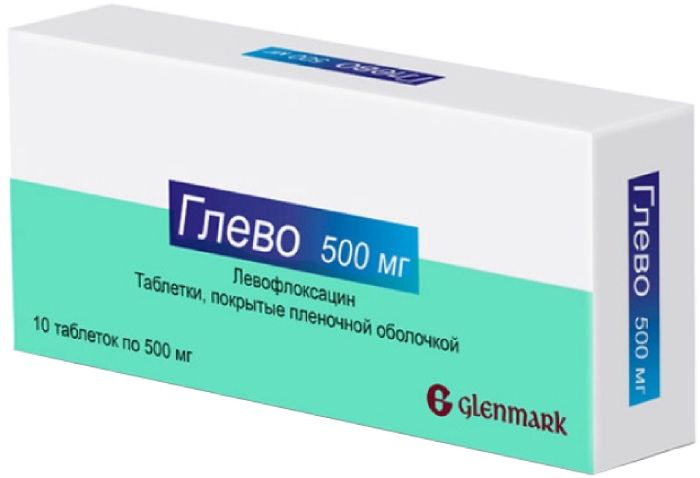
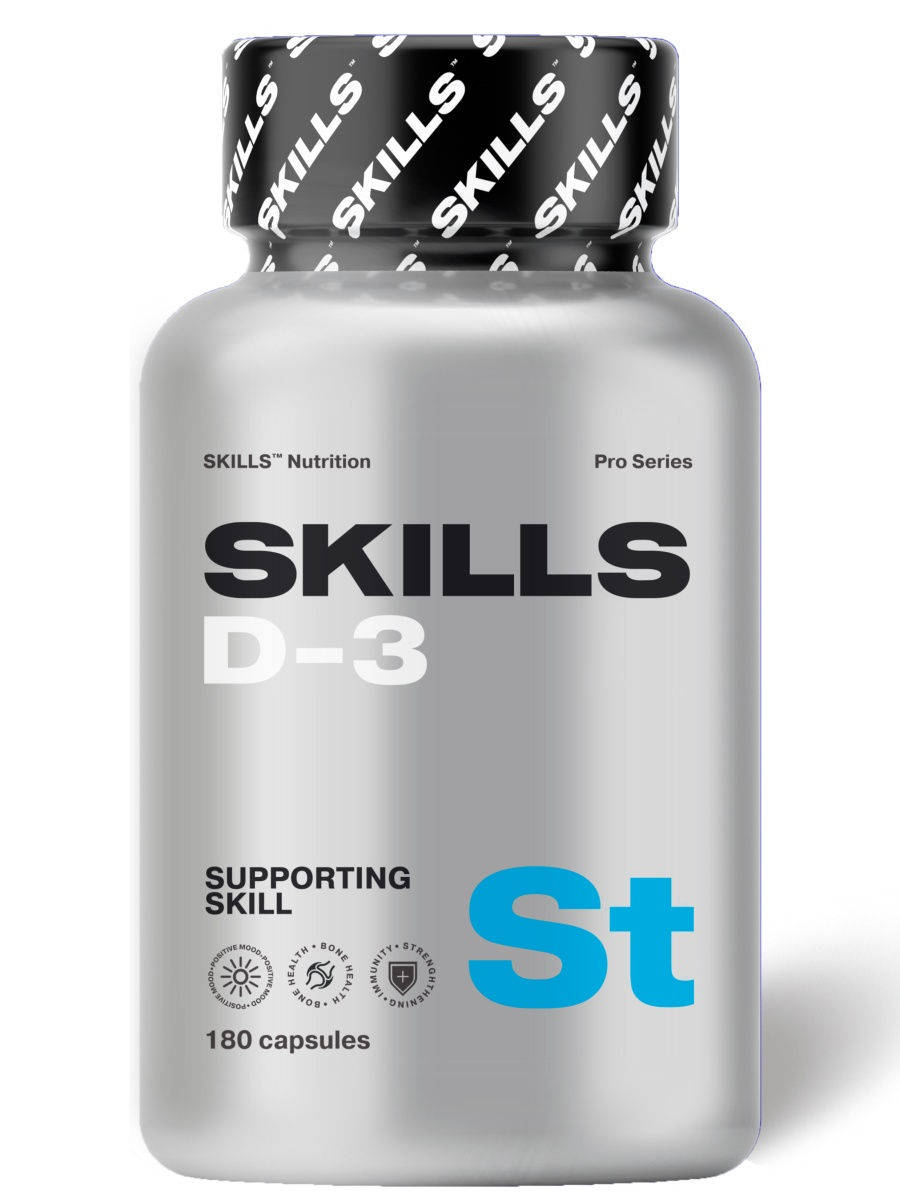
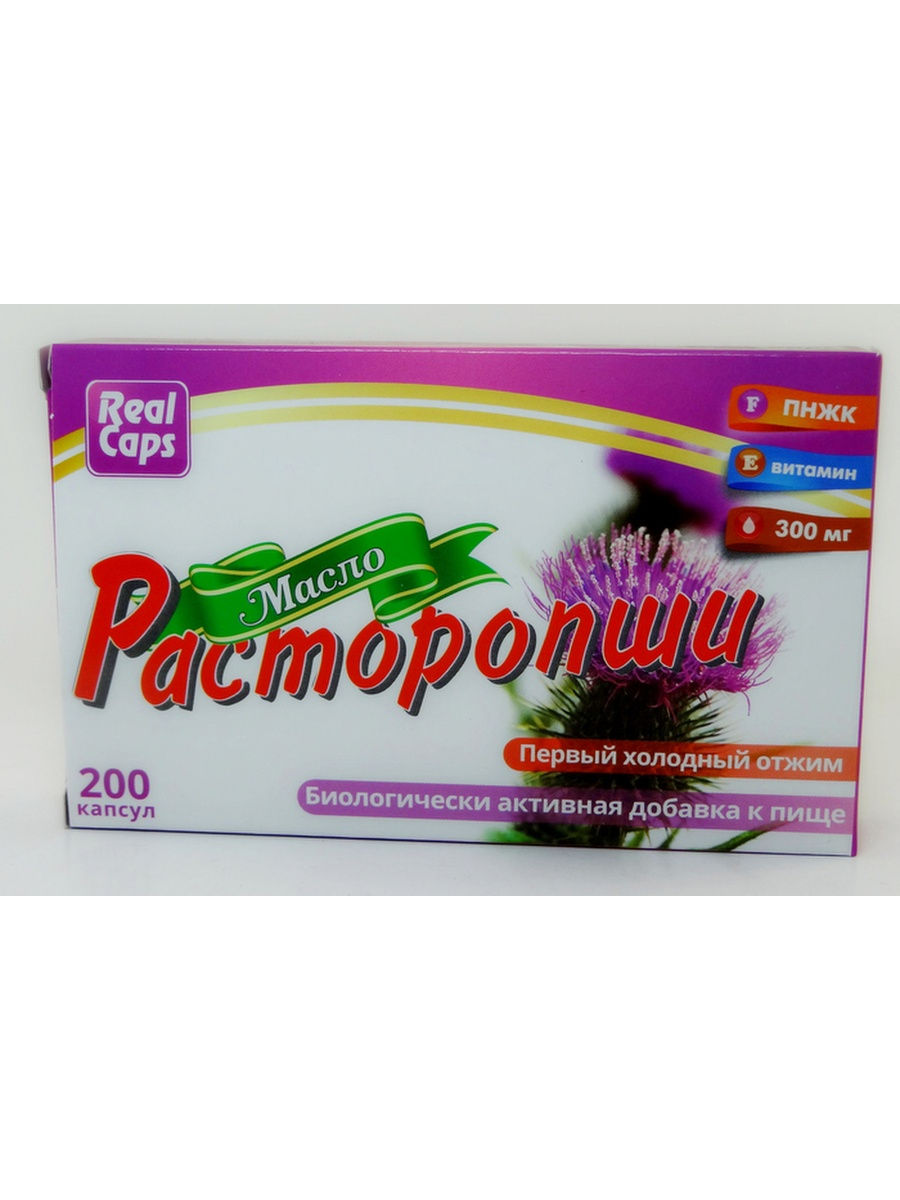
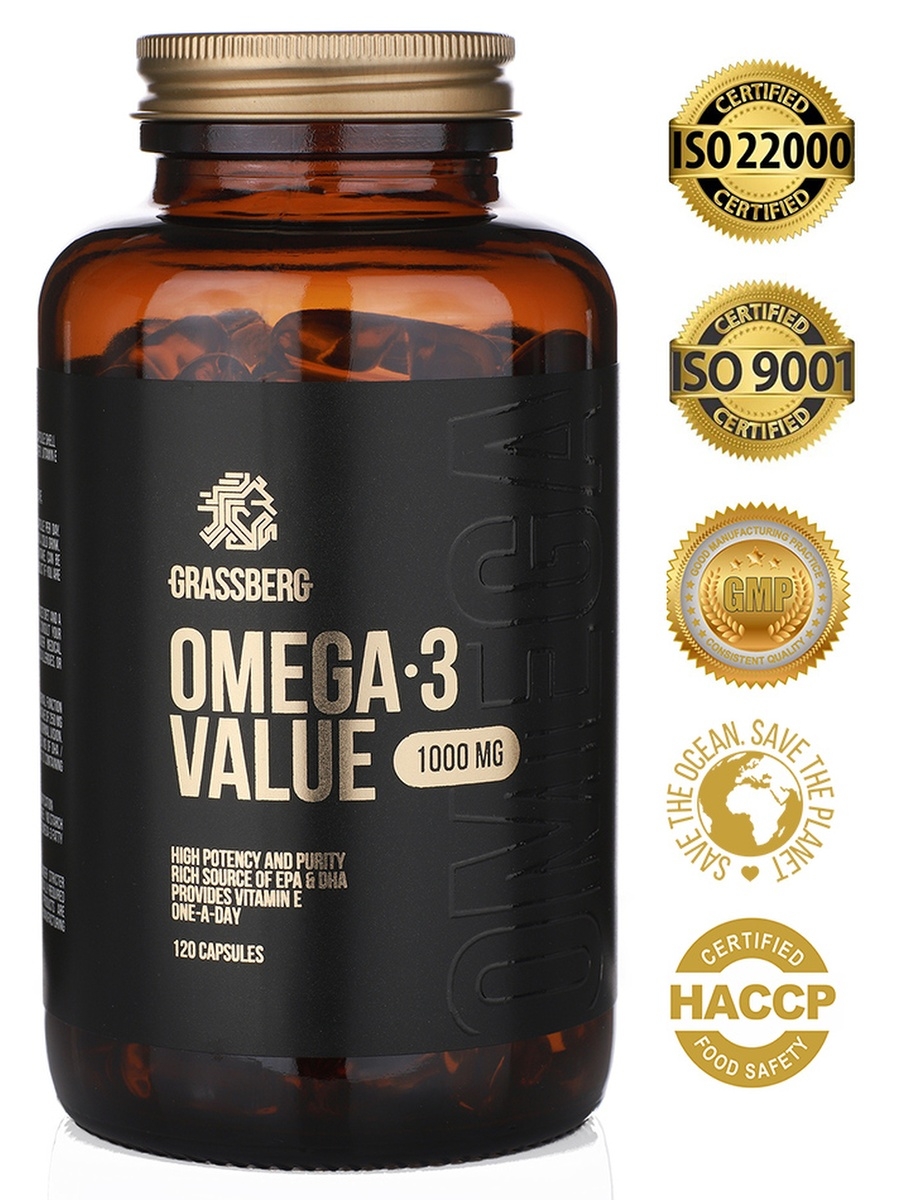
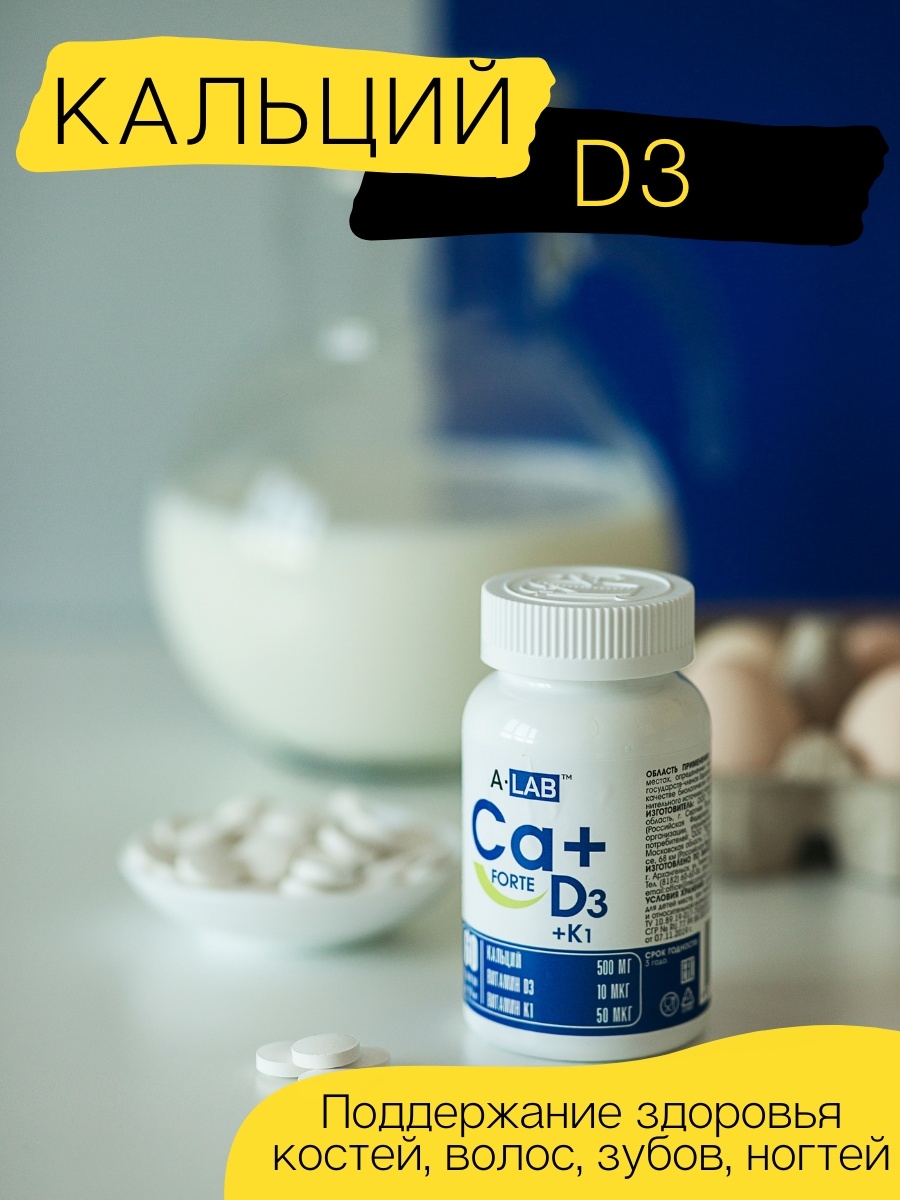

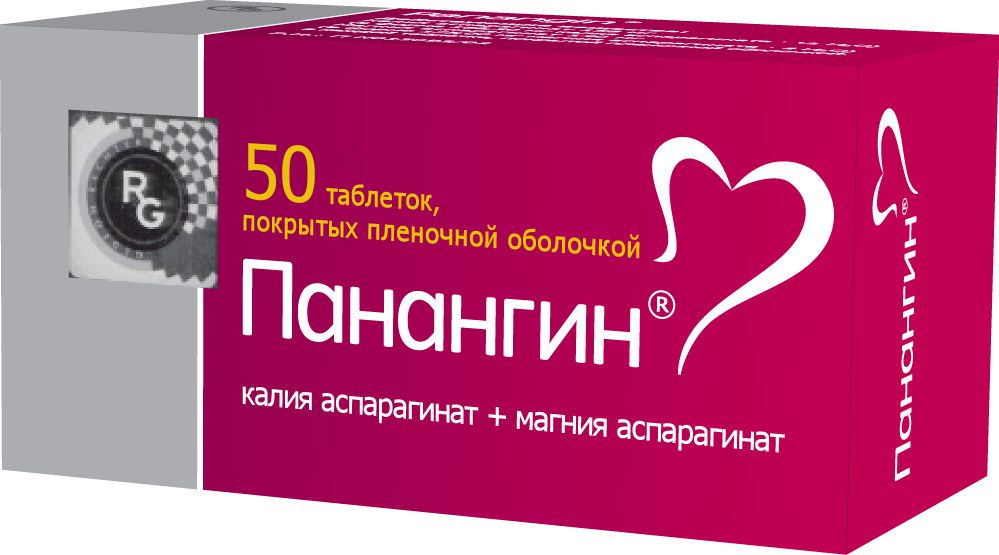




There are no reviews yet.